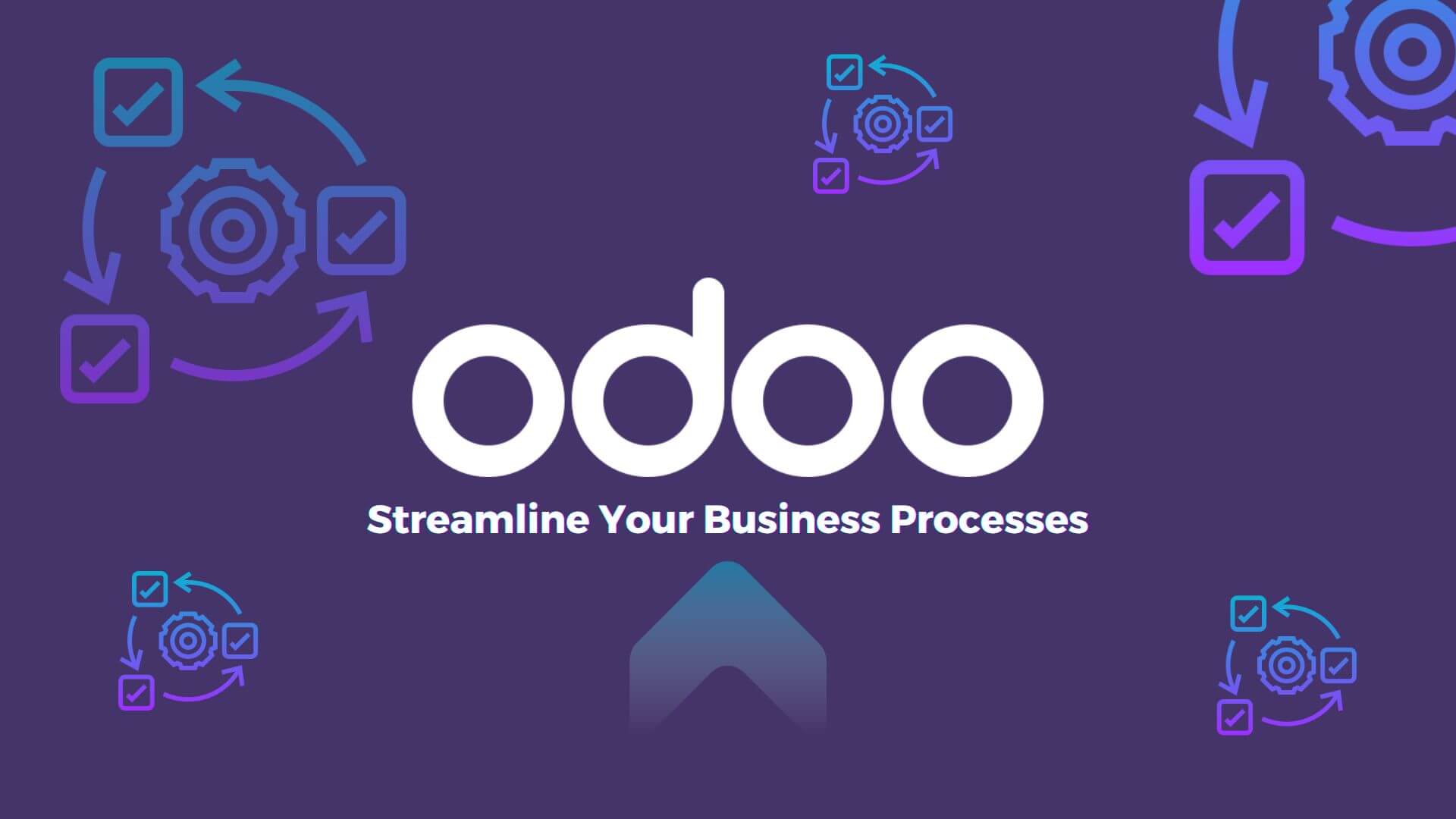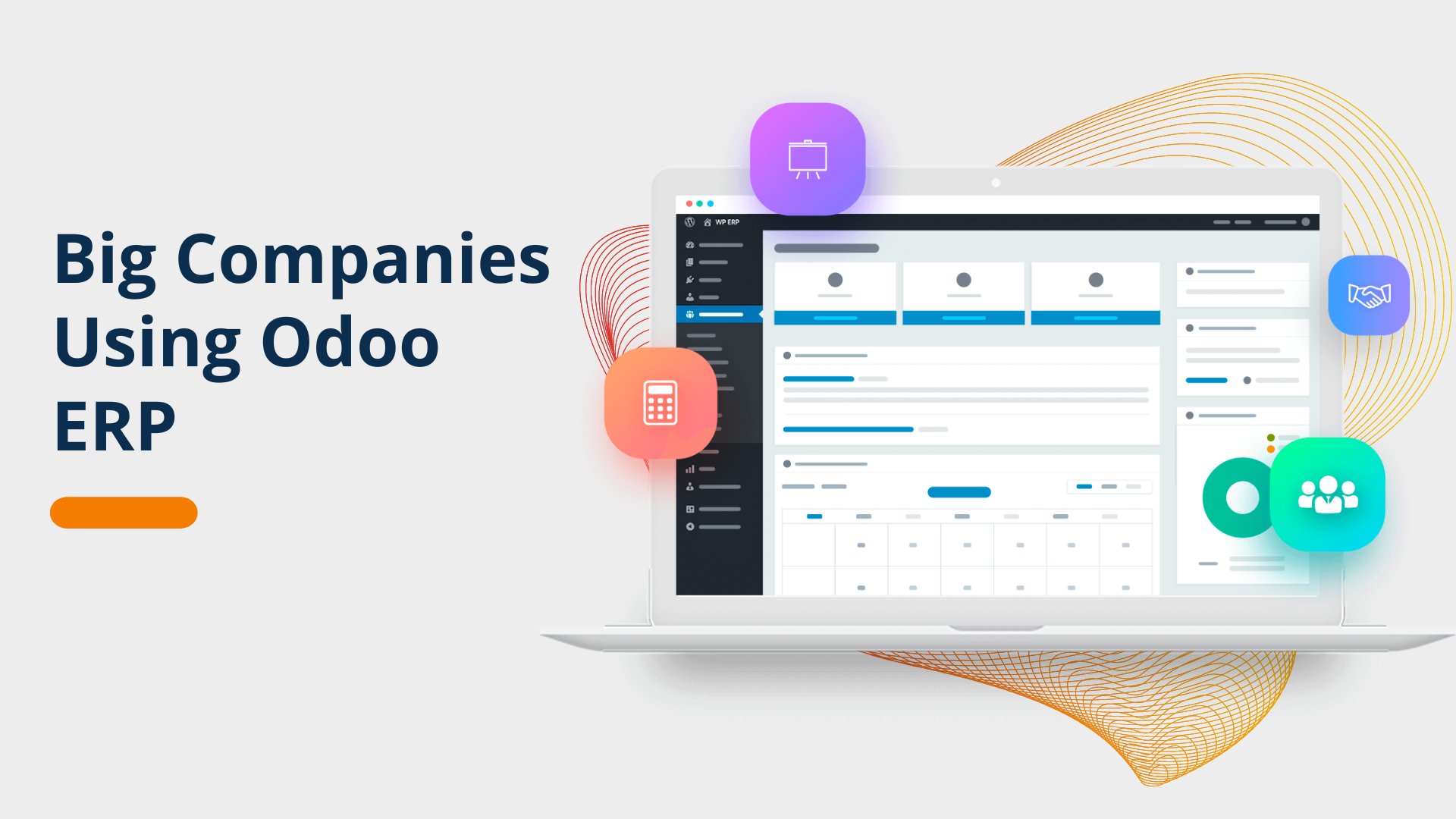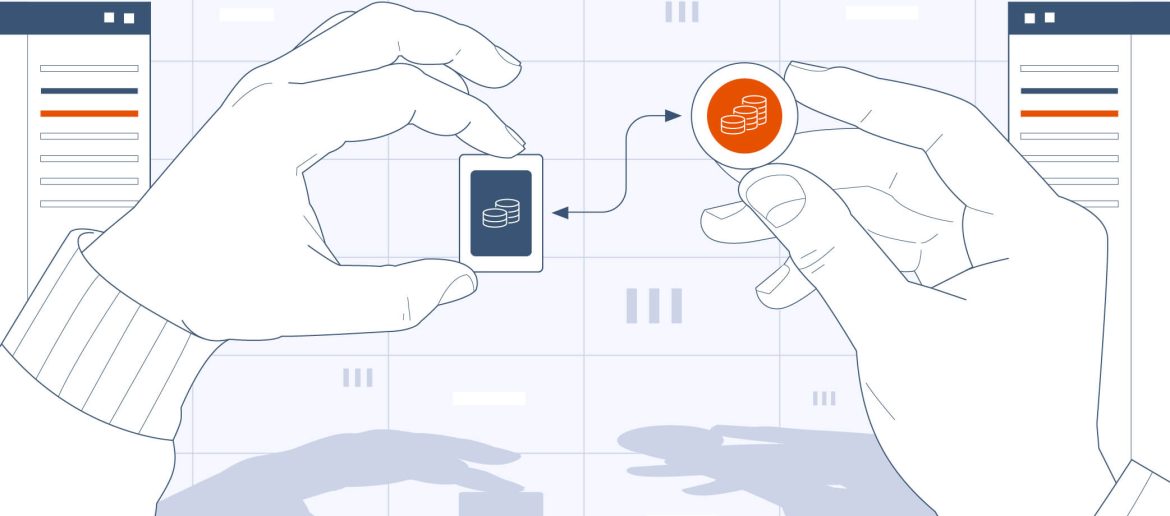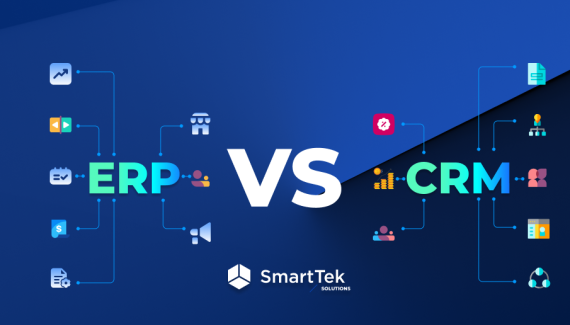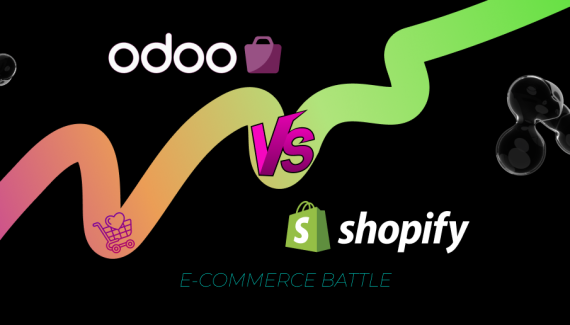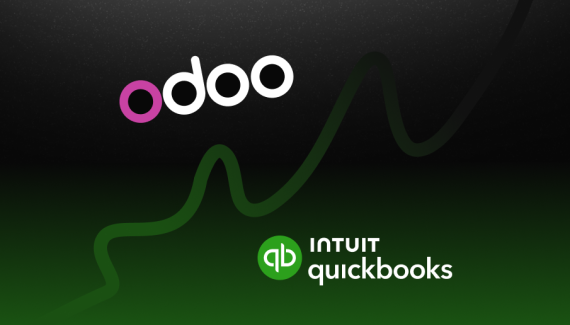Before consumers decide in favor of a particular product or service, they compare offers from different providers and sellers to find the most profitable solution. It is best to do that using price comparison websites aggregate lots of apps in one place.
Such projects are simple to create and manage, bring high profits, and do not require large development or content creation costs. You can always find an interesting and promising niche beyond the main trends and build your own price comparison website.
According to Statista, 8 out of 10 online shoppers use price aggregators while shopping online.
There are several types of price comparison websites you can develop:
- websites offering prices for goods sold by various sellers and allowing you to find the most advantageous offer.
- websites comparing products according to their characteristics that may differ depending on the price (for instance, car dealer offers).
- comparison websites based on reviews, for example, offering product ratings based on user feedback and analyzing the pros and cons of a particular offer.
As examples, we can provide websites comparing insurance, college, hotel, or airline offers.
That is a really promising niche with a comprehensible business model and demand among the solvent audience. Consequently, creating your own product and designing a custom price comparison website can be a good business idea. In this article, we will take a closer look at how to implement a project like that.
Build Your Data Pipeline. How do Price Comparison Websites Get Their Data?
This aspect should be taken out as a separate paragraph of our article, as it is an important task you have to solve to make a working project in this niche.
A large amount of data is at the heart of any price comparison website. It is counterproductive to add it manually, so you can resort to one of the three main options for solving this problem:
- Data service. Partner networks offer the possibility to import data directly from them and provide all the necessary tools for doing so, for example, special scripts or modules for popular CMS.
- Web scraping. Special automated tools collect data from multiple target websites, filter it in a certain way if necessary, and add prices to the price comparison service of the website. All website operations can be performed automatically with a predetermined regularity. That will allow providing the audience with accurate and up-to-date information at all times.
- API connection. For instance, when it comes to e-commerce websites, data can be obtained directly from them as XML files imported by the platform or using a special API.
You have to choose the best option based on the particular project features.
10 Key Features to Include in Your Price Comparison Website
By default, any such website has a similar future list. To stand out among the competitors, you should offer some added value. That means you have to look beyond just listing products/services with prices.
Here are several important features you have to implement when developing a price comparison website.
1. Data import and processing. It goes about the functionality required to import data about products, their prices, or other features, then process it and convert it into a form comprehensible to the end-user.
2. Search and filters. Search is the bedrock of any transaction. In fact, the aggregator’s catalog can contain tens or hundreds of thousands of products, and you should make this search as proficient and convenient as possible.
3. Product card. At this point, a potential buyer should receive all the necessary information about a specific product they may need.
4. Listings. That is a list of offers for a specific product from different sellers. It is shown on the product card right after its description. The data is taken from the database, and by clicking a specific item in the list, users can visit the store page on the platform or the seller’s website to make a purchase.
5. Product comparison. That is the possibility to compare two or more products by price and other features.
6. User area. After authorization, data on the user’s activity will be stored on his personal area page. For example, it can contain browsing history, products added to favorites, or those for that are tracked for price changes.
7. Notifications. If the desired product is too expensive for a person at the moment, they can subscribe to notifications informing them about price changes. This approach allows users to make the desired purchase when the cost suits them.
8. Seller area. Similar to the user area, this section displays data important for sellers: sales quantity, order processing status, popular products, etc.
9. Price dynamics. That is an optional function but it might come in handy. The point is to provide users with the possibility to assess price dynamics within a certain time period.
10. User feedback. Nine out of ten users read other people’s feedback before making a purchase decision. Every third user reads 4 to 6 reviews. That is an important element of any price comparison website. It influences buyers’ decisions about which seller to choose to place an order with and boosts the overall conversion rate.
How Do Price Comparison Websites Make Money?
This type of web project can have various sources of income. Furthermore, you can successfully combine several monetization methods at once to find out the best model for your service.
Here are several monetization options to use for a price comparison website:
- Pay per click. Your website places links featuring offers from sellers, free of charge. Sellers pay on a pay-per-click basis when a potential customer visits their website by following the link.
- Charge from the order. Buyers compare offers from different sellers and make purchases on the price aggregator’s website. Order processing data is transferred to the seller, who pays a certain commission fee to the platform owner.
- Paid link placement. Sellers are charged for the possibility of placing their links on your price comparison website. This approach can be implemented as small monthly payments.
- Adverts. It can be contextual advertising from Google Ads or other similar systems, or your website may show ads such as banners.
- Advertising space sales. For instance, for separate payment, this method allows sellers to advance to first positions in ratings or product selections.
- Affiliate programs. You can find referral programs for almost any niche and receive interest from the purchases made by visitors from your website.
Summary
A user-friendly and functional price comparison website saves buyers’ time, generates sales for sellers, and becomes an efficient tool for making a profit for those who own it.
Developing your own price comparison website is a difficult task and requires significant investments of money and time. However, if you approach this process properly, you can build a successful product to get a good return on investment for your business. We hope our article will help you do that.
